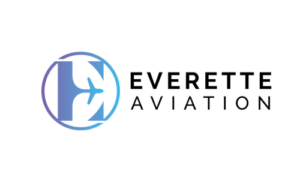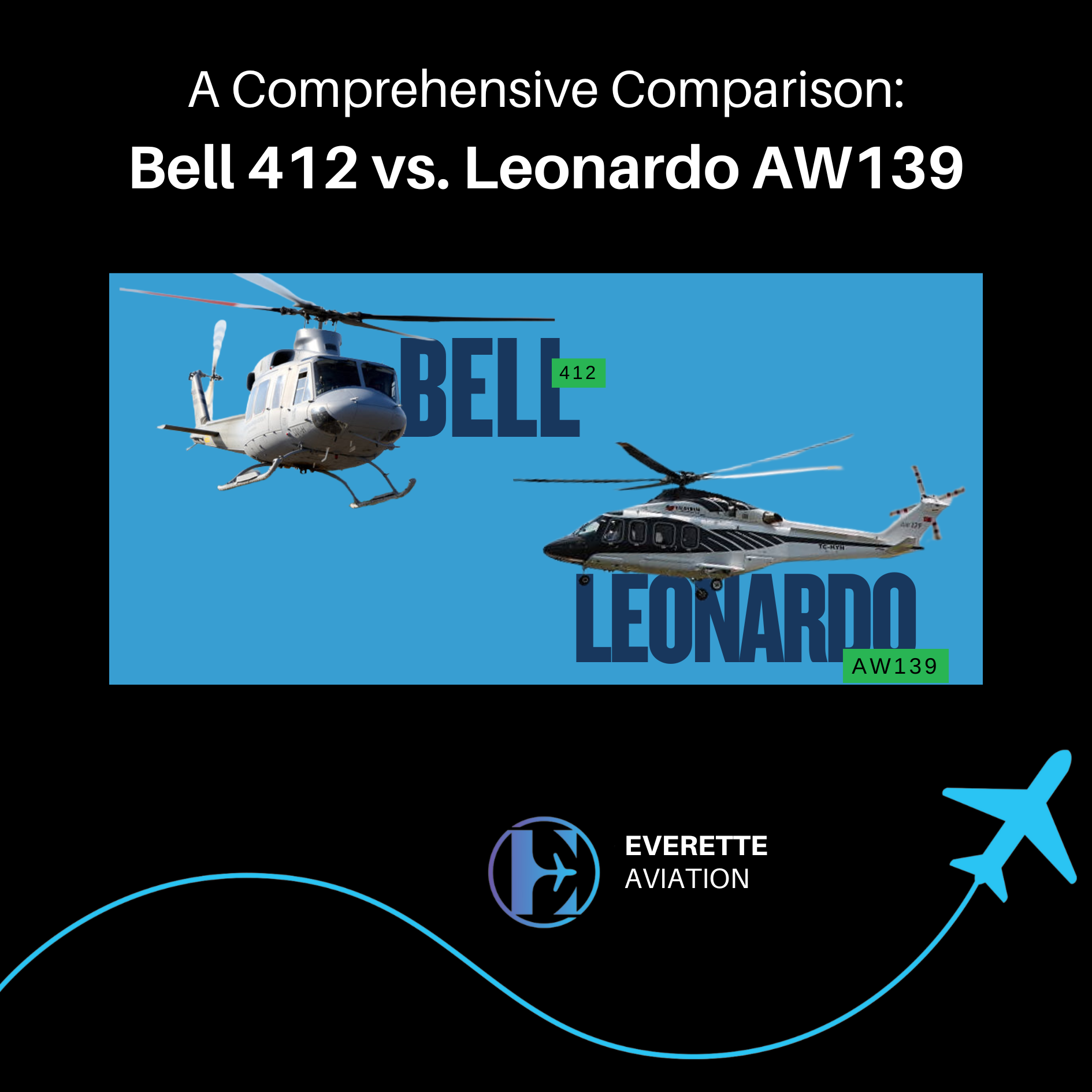The AW169 is a twin-engine, multi-purpose helicopter developed by AgustaWestland, a division of Leonardo S.p.A. It is designed for a variety of applications, including passenger transport, emergency medical services, law enforcement, search and rescue, and corporate transport. To appraise the AW169, one must consider various factors, including its specifications, performance, and market competition.
The AW169 typically seats 8 to 10 passengers, including the pilot.
The helicopter is powered by two Pratt & Whitney Canada PW210A turboshaft engines, which provide excellent power and performance. The maximum speed is approximately 165 knots (190 mph or 306 km/h), and it has a range of about 280 nautical miles (322 miles or 519 km) with standard fuel tanks.
The AW169 has a range that can be extended with additional fuel tanks for longer missions.
The spacious cabin is designed for passenger comfort and is equipped with modern amenities, making it suitable for corporate and VIP transport.
The helicopter is equipped with advanced avionics and systems, including a glass cockpit, which enhances safety and operational capabilities.
The AW169 has the flexibility to carry cargo in addition to passengers, making it suitable for various missions.When appraising the AW169, it’s essential to consider how it compares to other helicopters in its class and its competitors in the market. Some potential competitors include the Airbus H145, Bell 429, and Sikorsky S-76. Evaluating factors like purchase price, operating costs, performance, and cabin comfort relative to these competitors is crucial in determining its overall value.
The long-term value of the AW169 should also consider maintenance and operating costs. Lower maintenance costs, higher reliability, and ease of maintenance can add to its appraisal value.
The anticipated resale value of the AW169 in the used helicopter market should be factored into the appraisal, as this can significantly affect the overall value.
The helicopter’s versatility for different missions and applications, such as EMS, search and rescue, law enforcement, and corporate transport, can also affect its value.
Ensuring that the helicopter complies with relevant aviation regulations, safety standards, and certifications is essential.
Overall, appraising the AW169 requires a comprehensive evaluation of its specifications, performance, market competition, operating costs, and versatility in various missions. It’s advisable to consult with aviation experts and use industry-standard methodologies for helicopter appraisal to arrive at an accurate and fair assessment of its value.








